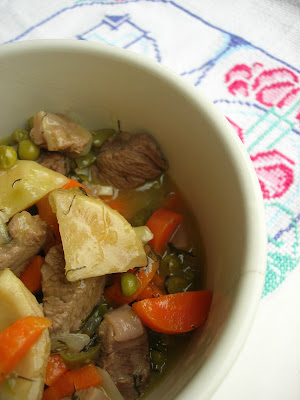
Although Turks are known to be a coffee --especially Turkish coffee--
drinking nation, we are actually obsessed with tea. Besides, it wouldn't be wrong to say that since late 80s Turks have become more of a Nescafé drinking nation. Instant coffee is cheap, easy to make, and tasteless compared to Turkish coffee. As a matter of fact Nescafé is consumed so widely that Turkish coffee became "the other" in its own land. 15-20 years ago, before globalization poked our lives, "coffee" meant Turkish coffee in Turkey. These days you have to specifically ask for "Turkish" coffee (Türk kahvesi) at a coffee house, restaurant, etc., because now "coffee" usually means Nescafé.
When my family was visiting, my aunt insisted on having instant coffee. After she left, the coffee container remained untouched for weeks until I decided to transform it into a new identity: cake mix. Apparently instant coffee can be flavorsome in baking.
1 1/2 stick butter or margarine, at room temperature
powder sugar, a little less than 1 cup
2 - 2 1/4 cups of flour
3 eggs
4 tbsp milk
8 tbsp instant coffee
1 cup of raisins
2 tsp baking powder
-Beat well powder sugar and eggs with a mixer until it becomes creamy (approximately 4-5 minutes)
-Add butter, milk, and instant coffee. Keep mixing.
-Add flour and baking powder. Mix all of them.
-Finally add raisins and stir with a wooden spoon.
-Pour cake mix in a greased cake pan.
-Bake at a preheated oven at 350-370F for 35-40 minutes.
-When it's done, wait for 5 minutes and then take the cake out.
-Once it cools down, sprinkle powder sugar on top.













































